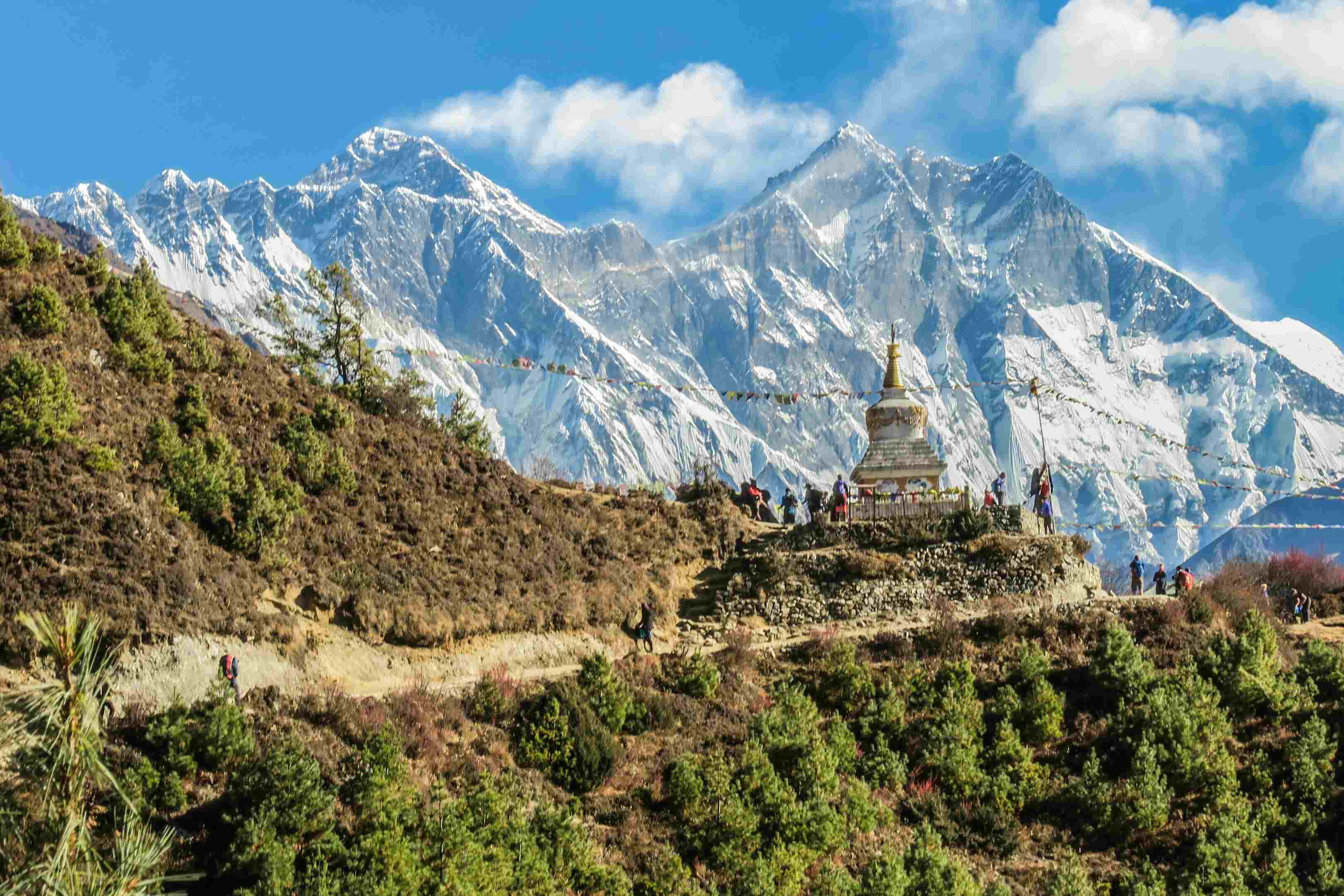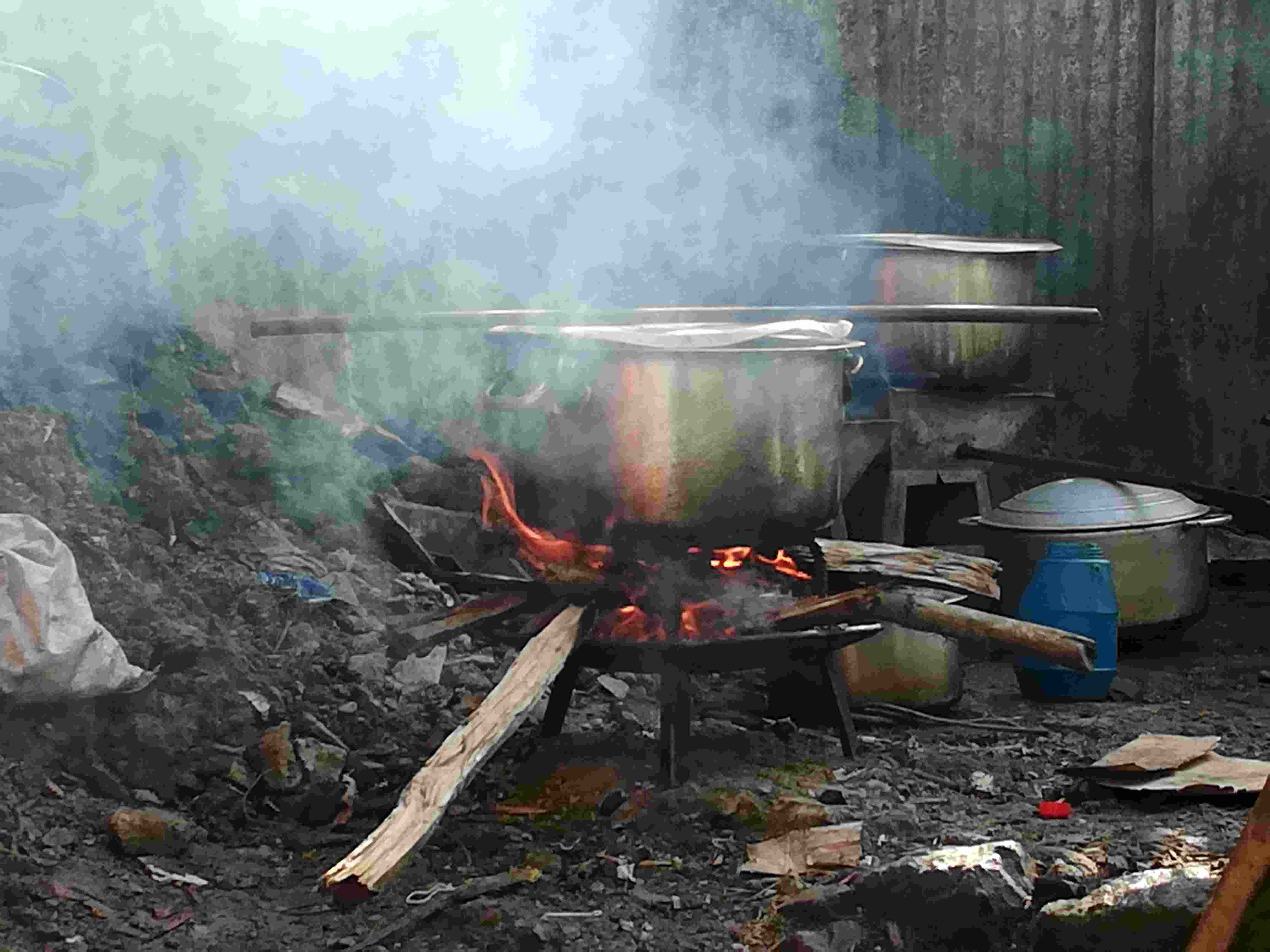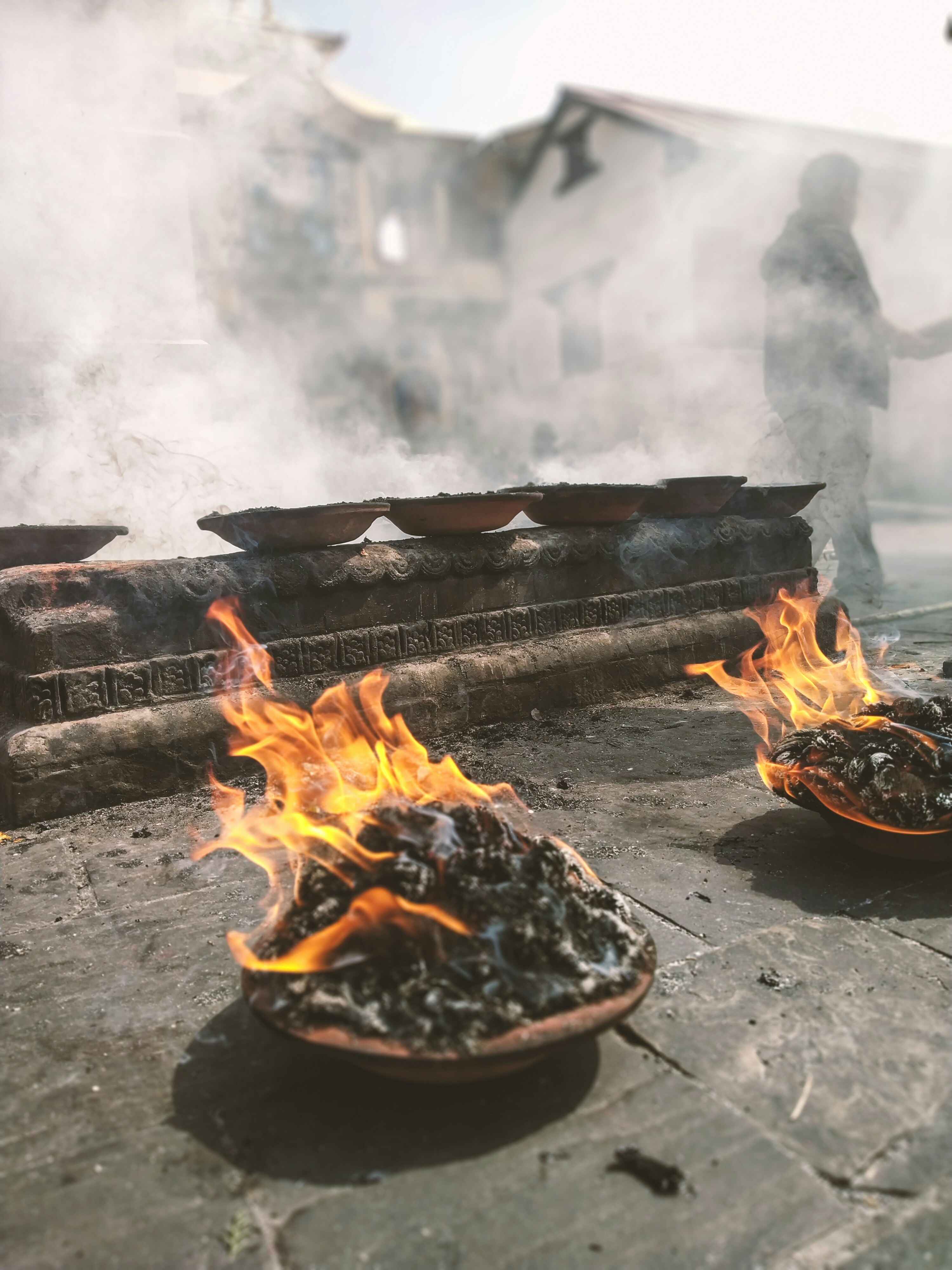Share this Article
Roti, a type of flatbread, is a cornerstone of Nepali cuisine, loved for its versatility and presence in every meal. From the bustling streets of Kathmandu to the remote villages of the Himalayas, roti is enjoyed in countless forms, often served alongside curries, vegetables, lentils, or pickles. While roti is ubiquitous across Nepal, its preparation and style vary significantly across regions, reflecting the diversity of cultures, ingredients, and cooking techniques found in the country. In this article, we explore the different types of Nepali roti, their cultural significance, and how this humble bread has become an essential part of daily life in Nepal.
1. The Importance of Roti in Nepali Cuisine
Roti is more than just a side dish; it plays a fundamental role in the Nepali diet. It is a simple yet filling food made from flour, water, and salt, and is cooked on a flat surface like a griddle or open flame. In Nepal, roti is often made from wheat flour (atta), but in some regions, buckwheat flour and maize flour are used, especially in high-altitude areas. Roti is typically consumed with dal (lentils), sabzi (vegetables), or meat dishes and is often paired with achar (pickle) to add spice and flavor.
The importance of roti in Nepali cuisine cannot be overstated. It is an affordable, nutritious, and easy-to-make dish that provides energy for the day. The variety of roti types across Nepal reflects the diverse agricultural practices and cultural influences of the region.
2. Regional Variations of Nepali Roti
2.1. Chapati
The most common and widely consumed type of roti in Nepal is chapati. Made from wheat flour, it is soft, round, and thin, and is cooked on a hot griddle known as a tawa.
- Preparation: To make chapati, wheat flour is mixed with water to form a dough, which is divided into small balls. Each ball is then rolled out into a thin, flat circle. The chapati is then cooked on a tawa, flipped halfway through, and sometimes puffed up over the flame to achieve a light and soft texture.
- Cultural Significance: Chapati is a staple food in households across Nepal, particularly in the Terai (the southern plains) and Kathmandu Valley. It accompanies a wide variety of meals, from dal bhat (lentils and rice) to vegetable curries and pickles.
2.2. Sel Roti
A uniquely Nepali version of roti, sel roti is a deep-fried rice flour doughnut that is traditionally prepared during festivals and special occasions, such as Dashain, Tihar, and weddings.
- Preparation: Unlike the regular roti, sel roti is made from rice flour, sugar, milk, and cardamom. The dough is mixed into a batter, which is then deep-fried in the shape of a circular ring. The result is a crispy, sweet, and slightly chewy treat.
- Cultural Significance: Sel roti is often prepared as part of the offerings during religious ceremonies and is a popular snack during family gatherings and celebrations. It is considered a symbol of hospitality and prosperity
2.3. Makai Roti
In the rural and hill regions of Nepal, where corn or maize is grown in abundance, makai roti is a popular alternative to wheat-based roti. Made from maize flour, this flatbread is dense and hearty.
- Preparation: Makai roti is made by mixing maize flour with water and a pinch of salt to form a dough. It is then rolled out and cooked on a tawa. The texture of this roti is slightly crumbly and dense, with a rich, earthy flavor that complements savory dishes.
- Cultural Significance: This variety of roti is especially popular in the mid-hills and mountain regions of Nepal, where corn is a primary crop. It is commonly eaten with gundruk, fermented vegetables, or pickles to enhance its flavor.
2.4. Bara
Bara is a traditional deep-fried lentil-based roti popular in the Newar community of the Kathmandu Valley. It is often served as a savory snack or as part of a festive meal.
- Preparation: To make bara, ground black lentils (urad dal) are mixed with spices like cumin, turmeric, and ginger. The mixture is shaped into small round patties and deep-fried until golden brown. The result is a crispy outer layer with a soft and spongy interior.
- Cultural Significance: Bara is often served during New Year celebrations, weddings, and other important events in the Newar community. It is typically paired with yogurt, pickle, and curried vegetables.
2.5. Jado (Jand) Roti
In the far-western regions of Nepal, particularly among the Khadka and Karnali communities, jado roti (or jand roti) is commonly made using millet flour. This type of roti is unique due to the use of millet, a grain that thrives in the harsher climates of the region.
- Preparation: Jado roti is prepared by mixing millet flour with water to form a dough. The dough is then shaped into flat discs and cooked on a griddle. The roti has a coarse, hearty texture and a distinct nutty flavor.
- Cultural Significance: This bread is commonly consumed with meat stews, lentil dishes, and leafy greens, providing a nutrient-dense alternative to other forms of roti. It is especially popular during the winter months when millet is harvested.
3. Roti in Nepali Social Life
Roti, in its many forms, is more than just a food item in Nepal—it's a reflection of the country’s diverse agricultural heritage, social customs, and cultural identity. From the simple chapati eaten daily in households to the celebratory sel roti served during festivals, each type of roti carries its own story.
In Nepalese culture, meals are often shared, and roti serves as a unifying factor during family gatherings, religious events, and community celebrations. The preparation of roti, whether it’s kneading the dough or cooking it on an open flame, often involves the participation of multiple family members, reinforcing the values of togetherness and hospitality.
4. Conclusion
Roti is undoubtedly one of the most beloved and versatile foods in Nepal, woven into the very fabric of the country’s cuisine. From chapati to sel roti, dhido to makai roti, each regional variation tells a unique story of the land, the people, and the resources available to them. Despite the diverse forms it takes, roti remains a central component of Nepali meals, a symbol of the nation's rich agricultural traditions, and a testament to the enduring connection between food, culture, and community. Whether enjoyed with a simple lentil soup or during a grand festival, Nepali roti continues to bring people together, offering warmth, sustenance, and a taste of Nepal's culinary heritage.
Categories:
Lifestyle & Local Life
Tags:
Local Life







